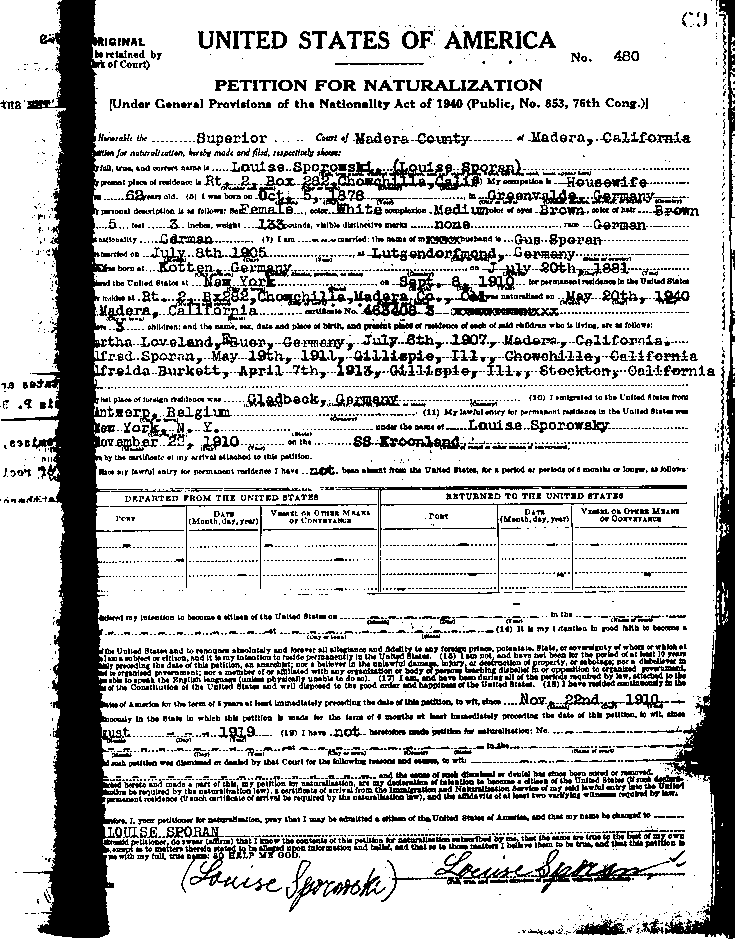
Women’s suffragists demonstrate in February 1913. Photographer unknown. Library of Congress, Prints & Photographs Division.
We’re nearing the completion of the enormous Community Indexing Project of U.S. Immigration and Naturalization Records. Already finding naturalization records is a lot easier: we can search newly-created indexes to millions of naturalization records at FamilySearch.org. But often we don’t find the women we’re looking for.
Let’s look at why. But I’ll warn you, the reasons aren’t pretty. In the past, women had very few legal rights. None could vote. Married women had even fewer rights. Typically their legal identity disappeared when they married, enveloped by their husband’s. Married women did not handle legal matters in their own name, own property or keep their own money. Sometimes they did not even have legal liability for their actions. This was known as the legal principle of coverture.
In 1855, a law was enacted establishing that women who weren’t ineligible for other reasons (like race) were automatically made citizens when their husbands were naturalized. There was no extra paperwork or court costs. Their husbands’ papers (in combination with their marriage records) served as proof of the women’s citizenship, even though before 1906, you will not usually find the women’s names even listed on their husbands’ applications.
This represented a step forward for most married women, but not all. If a husband didn’t naturalize, the wife couldn’t naturalize without him. On the flip side, if a U.S.-born woman married a foreigner, she often lost her U.S. citizenship, whether or not she left the country. This problem wasn’t fully resolved until many years later; learn more about the laws and resulting paperwork in this article by the National Archives.
Naturalization laws were not applied evenly, and some women got their citizenship anyway. Eventually, as women won voting rights in various states in the early 1900s, men who applied to naturalize were sometimes denied because their wives, who would be granted citizenship and therefore voting privileges, didn’t speak English or meet other requirements. Men complained that their wives’ nationalities were getting in the way, a problem women had lived with for years!
In 1922, women gained the right to naturalize independent of marital status. If their husbands were already citizens, they didn’t have to file declarations of intentions (the first step in the paperwork process), just a petition (the second step in the process). Otherwise, they had to fill out both sets of papers. Eventually even this link to their husbands’ citizenship disappeared, and they just filled out their own entirely separate paperwork.
What about unmarried women and widows? They could apply for naturalization, but in especially before the 1900s, they sometimes didn’t if they had no property. They could not vote and the law didn’t always treat them equally. They saw little benefit in investing the funds and time in applying for citizenship.
It’s fascinating how much we can learn as family historians about the status of women by the way they were handled in the records we research. The history of women in naturalization records reminds us to look past the paperwork to the reasons and intentions behind it. Unless we really understand the history of the laws and the culture at that time, we can’t be sure that we have exhausted all of the options.






